Peace Lily
- December 11, 2023
- 0 comment
The Peace Lily, scientifically known as Spathiphyllum, is a popular and elegant indoor plant that has gained widespread admiration for both its aesthetic appeal and air-purifying qualities. Characterized by its dark green, glossy leaves and distinctive white blooms, the Peace Lily adds a touch of tranquility to any space.


One of its notable features is its ability to thrive in low light conditions, making it an ideal choice for homes and offices with limited sunlight. Beyond its ornamental value, the Peace Lily is renowned for its air-cleaning capabilities, effectively removing common indoor pollutants such as benzene, formaldehyde, and ammonia.
Additionally, its low maintenance requirements make it a favorite among plant enthusiasts of all skill levels. To ensure optimal growth, the Peace Lily prefers consistently moist soil and should be placed away from direct sunlight. With its graceful appearance and health benefits, the Peace Lily stands as a symbol of serenity and well-being, making it a cherished addition to indoor gardens around the world.
| Characteristic | Description |
|---|---|
| Scientific Name | Spathiphyllum |
| Common Name | Peace Lily |
| Type | Herbaceous perennial |
| Height | 1 to 4 feet (30 to 120 cm) |
| Light Requirements | Low to medium indirect light |
| Watering Needs | Keep soil consistently moist, avoid overwatering |
| Soil Type | Well-draining, rich potting mix |
| Temperature Range | 65 to 80°F (18 to 27°C) |
| Humidity | Prefers high humidity |
| Flower Color | White |
| Flowering Season | Throughout the year, sporadic blooms |
| Air-Purifying Qualities | Removes benzene, formaldehyde, and ammonia |
| Maintenance | Low maintenance, wipe leaves for dust regularly |
| Toxicity | Mildly toxic to pets if ingested |
| Common Uses | Indoor decoration, air purification |
| Special Features | Thrives in low light conditions |
Botanical Beauty of Peace Lily
The Peace Lily, scientifically known as Spathiphyllum, stands as a botanical marvel, captivating enthusiasts with its exquisite beauty. With dark green, glossy leaves and elegant white blooms, this herbaceous perennial adds a touch of sophistication to any indoor space. Its scientific name, derived from the Greek words “spath” (spathe) and “phyllon” (leaf), reflects the plant’s characteristic white bract that gracefully encases its flowers. The Peace Lily’s allure lies not only in its visual appeal but also in its ability to thrive in low light conditions, making it a popular choice for indoor gardens.

Woodland Elegance

Embodying woodland elegance, the Peace Lily’s lush foliage and graceful blooms evoke a sense of tranquility reminiscent of a forest glade. Its arching leaves and ethereal flowers create a harmonious display, bringing a touch of nature indoors. The plant’s growth habit mirrors its native habitat in tropical rainforests, making it a unique and adaptable addition to home and office environments seeking a touch of natural sophistication.
Ecological Importance
Beyond its ornamental value, the Peace Lily holds ecological significance as a natural air purifier. With its ability to filter out common indoor pollutants such as benzene, formaldehyde, and ammonia, this plant contributes to creating healthier living spaces. In an era where air quality is of growing concern, the Peace Lily’s ecological role highlights its importance beyond its aesthetic appeal.

Cultivation and Conservation

Cultivating the Peace Lily is a rewarding endeavor, and its popularity has led to increased conservation efforts. Thriving in a well-draining, rich potting mix and requiring consistent moisture, the plant adapts well to indoor conditions. Conservation initiatives focus on preserving its native habitats, emphasizing sustainable cultivation practices to ensure the continued availability of this botanical gem.
Fragrance
While Peace Lilies are not renowned for their fragrance, some varieties surprise with a subtle, pleasant scent. The delicate aroma adds a sensory dimension to the plant’s overall appeal, enhancing the experience of having this botanical beauty in your living space.
Soil Stabilization
In its natural habitat, the Peace Lily contributes to soil stabilization, with its roots helping to prevent erosion. This quality makes it not only an aesthetically pleasing indoor plant but also an ecological ally that, on a smaller scale, can assist in maintaining soil structure in gardens and containers.
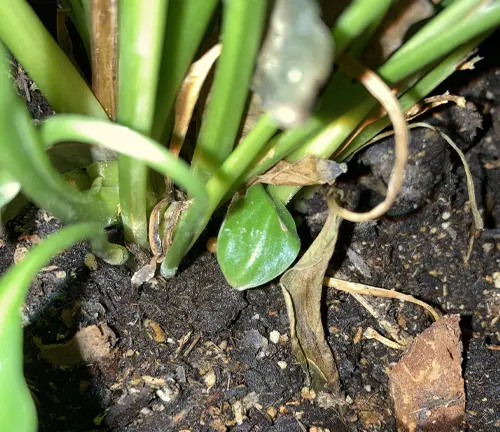
Common Uses

The Peace Lily’s versatility extends beyond its role as a decorative houseplant. Commonly used in interior landscaping, offices, and public spaces, its adaptability to low light conditions makes it a favorite choice for adding greenery to areas with limited sunlight. The plant’s popularity as a gift symbolizing peace and tranquility further solidifies its place in various cultural practices.
Benefits
The benefits of incorporating the Peace Lily into indoor environments are multifaceted. Aside from its visual appeal and air-purifying qualities, studies suggest that indoor plants, including the Peace Lily, may contribute to improved well-being by reducing stress and enhancing mood. This holistic approach to indoor gardening underscores the plant’s role not just as a decoration but as a contributor to a healthier and more harmonious living space.
Different Species
Spathiphyllum wallisii
(Wallis’ Peace Lily)
One of the most popular species in cultivation. Features dark green leaves and white, hood-like spathes.
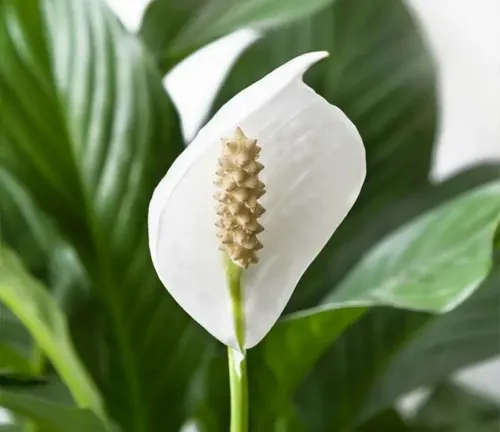

Spathiphyllum floribundum
(Mauna Loa Peace Lily)
Known for its larger size compared to other species. Produces abundant white flowers.
Spathiphyllum cochlearispathum
(Cupido Peace Lily)
Distinguished by its narrower leaves and smaller size. Delicate, white spathes add to its charm.


Spathiphyllum cannifolium
(Giant Peace Lily)
Recognized for its impressive height, reaching up to 6 feet. Large, dark green leaves contribute to its majestic appearance.
Spathiphyllum kochii
(Little Angel Peace Lily)
A compact variety suitable for smaller spaces. Features smaller leaves and a charming overall appearance.

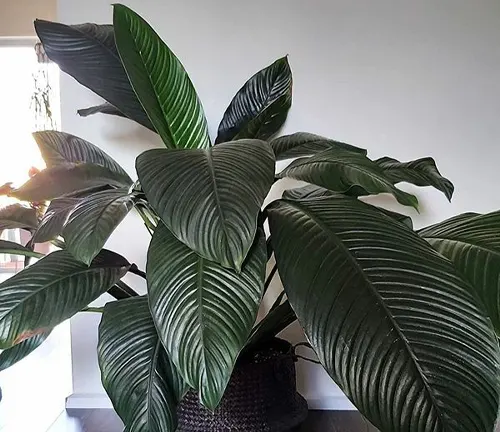
Spathiphyllum sensation
A hybrid variety with larger and more robust leaves. Known for its impressive size and commanding presence.
Spathiphyllum domino
A cultivar with variegated leaves, featuring white spots and streaks. Adds a touch of uniqueness to the traditional Peace Lily appearance.

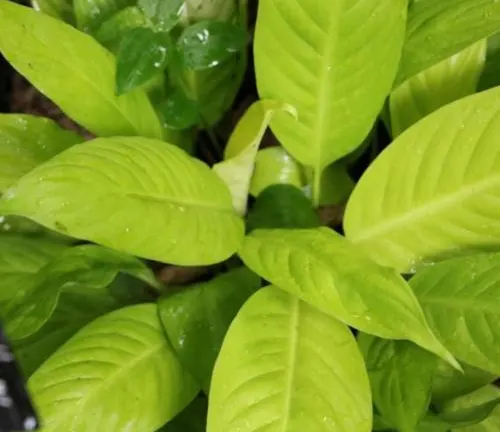
Spathiphyllum ‘Mojo Lime’
A cultivar with lime-green spathes, providing a vibrant twist. Offers a refreshing and visually appealing alternative to the classic white blooms.
Spathiphyllum ‘Picasso’
Another cultivar with variegated leaves. Exhibits a striking combination of green and white patterns.
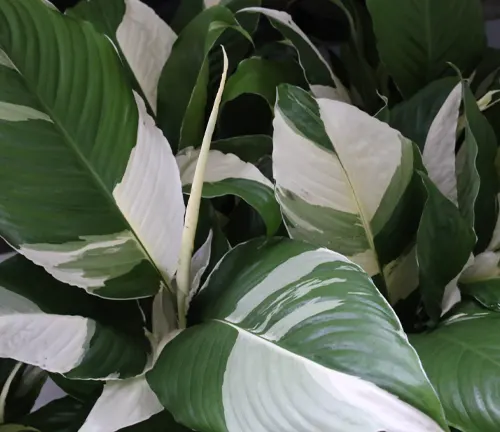
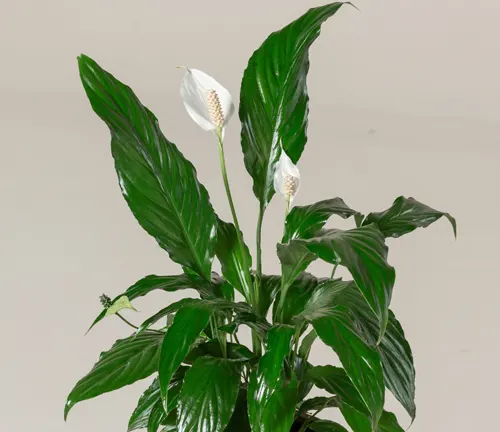
Spathiphyllum ‘Sweet Chico’
A dwarf cultivar suitable for compact spaces. Retains the classic features of Peace Lilies in a more petite form.
Frequently Asked Questions (FAQs)
1. How often should I water my Peace Lily?
Peace Lilies prefer consistently moist soil. Water when the top inch of soil feels dry, but avoid overwatering, as they are susceptible to root rot.
2. What kind of light does a Peace Lily need?
Peace Lilies thrive in low to medium indirect light. They can tolerate low light conditions, making them suitable for indoor spaces with limited sunlight.
3. How do I care for brown tips on Peace Lily leaves?
Brown tips may indicate either underwatering or a buildup of minerals in the soil. Ensure consistent watering, and consider using distilled water or allowing tap water to sit before using.
4. Can I place my Peace Lily in direct sunlight?
Peace Lilies prefer indirect light and can be sensitive to direct sunlight. It’s best to place them in locations with filtered or shaded sunlight.
5. How do I propagate my Peace Lily?
Peace Lilies can be propagated through division. Carefully separate the plant into smaller sections, ensuring each section has roots attached, and replant them in new containers.
6. Is the Peace Lily toxic to pets?
Yes, Peace Lilies are mildly toxic to pets if ingested. Keep them out of reach of pets and contact a veterinarian if consumption is suspected.
7. Why is my Peace Lily not flowering?
Factors like insufficient light, inadequate humidity, or improper watering can affect flowering. Ensure the plant is in optimal conditions, and be patient, as Peace Lilies can be sporadic bloomers.
8. How do I increase humidity for my Peace Lily?
Mist the leaves regularly, place a tray of water near the plant, or use a humidifier to elevate humidity levels.
9. Can I use fertilizers on my Peace Lily, and how often?
Yes, use a balanced liquid fertilizer during the growing season (spring and summer) every 4-6 weeks. Dilute the fertilizer to half the recommended strength.
10. Can I repot my Peace Lily, and how often should I do it? –
Repotting is generally necessary every 1-2 years or when the plant outgrows its current container. Use fresh, well-draining potting mix and choose a container that is 1-2 inches larger in diameter than the current one.


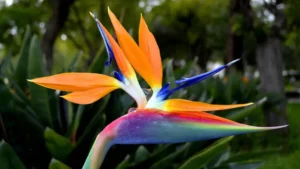
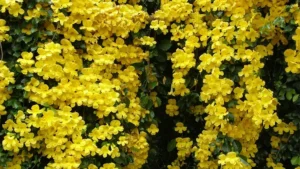


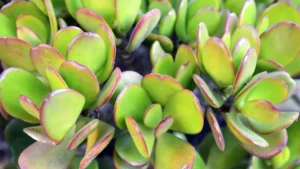

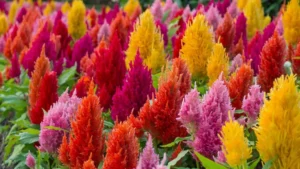
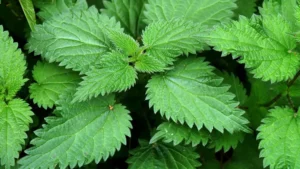

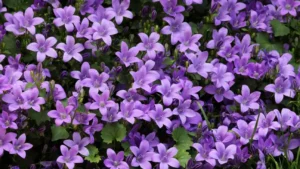
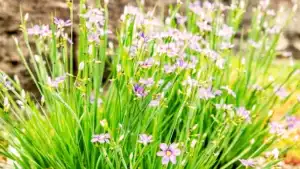
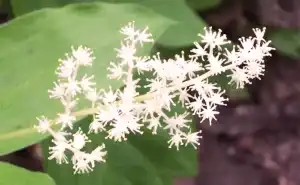
Leave your comment